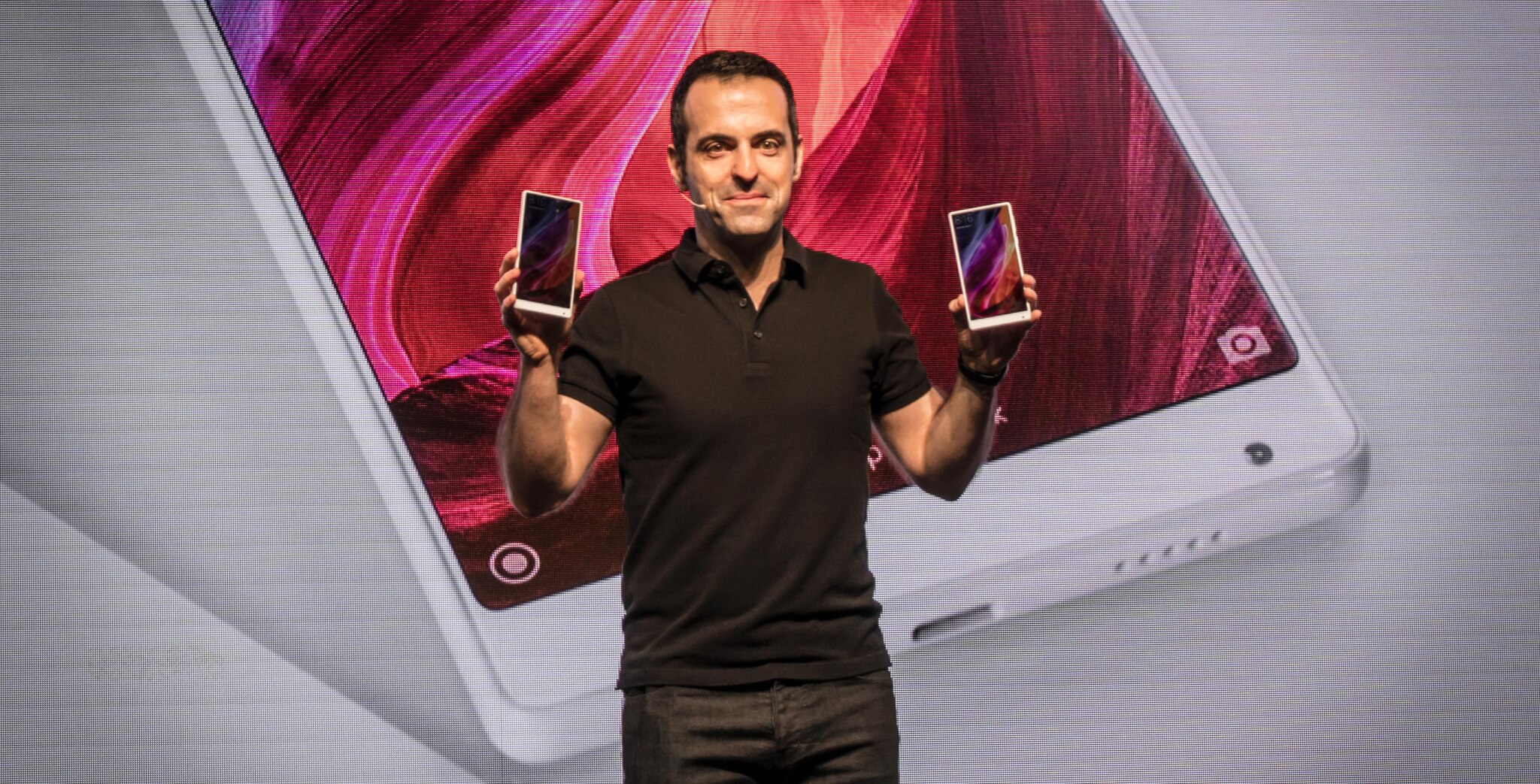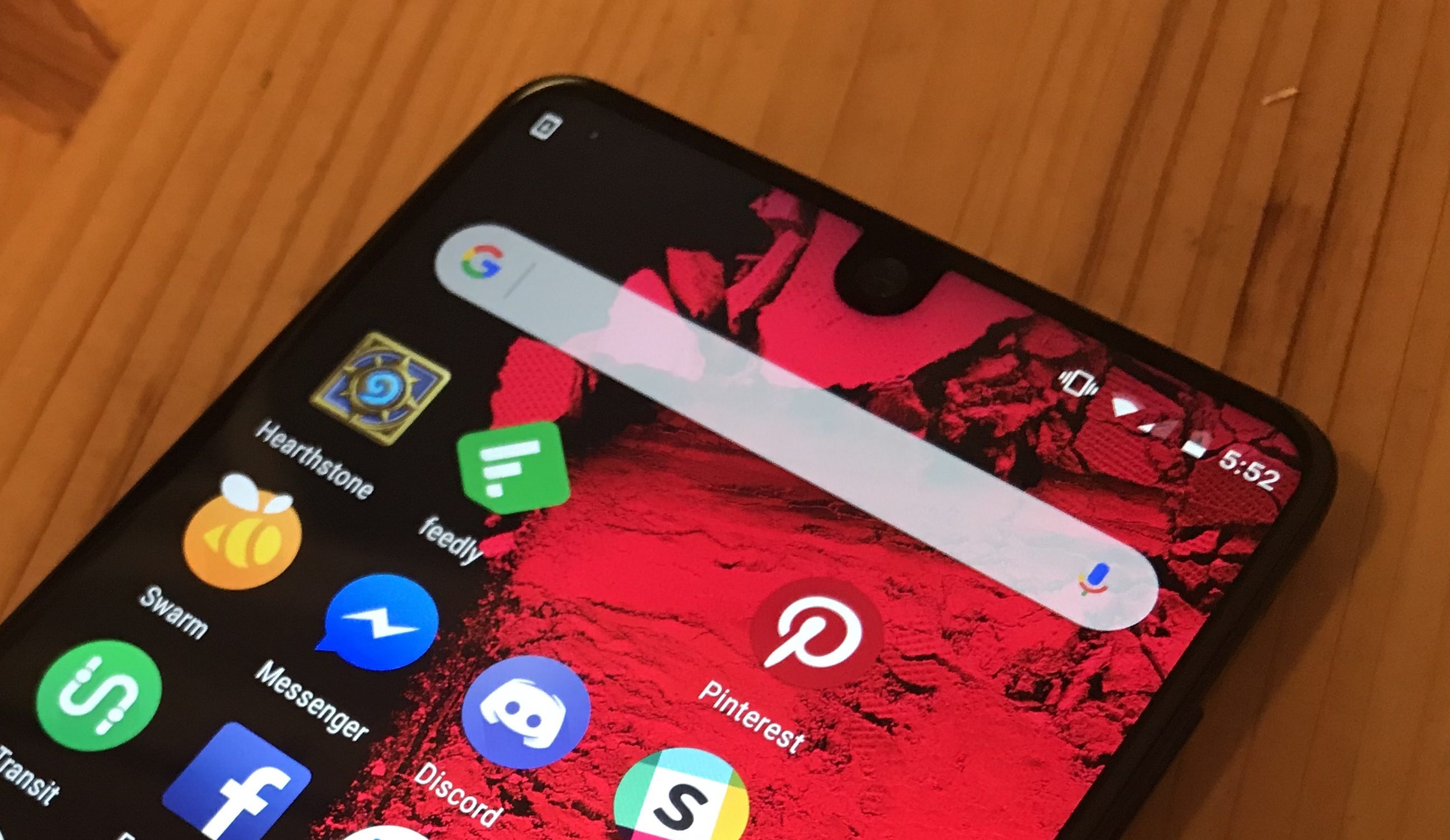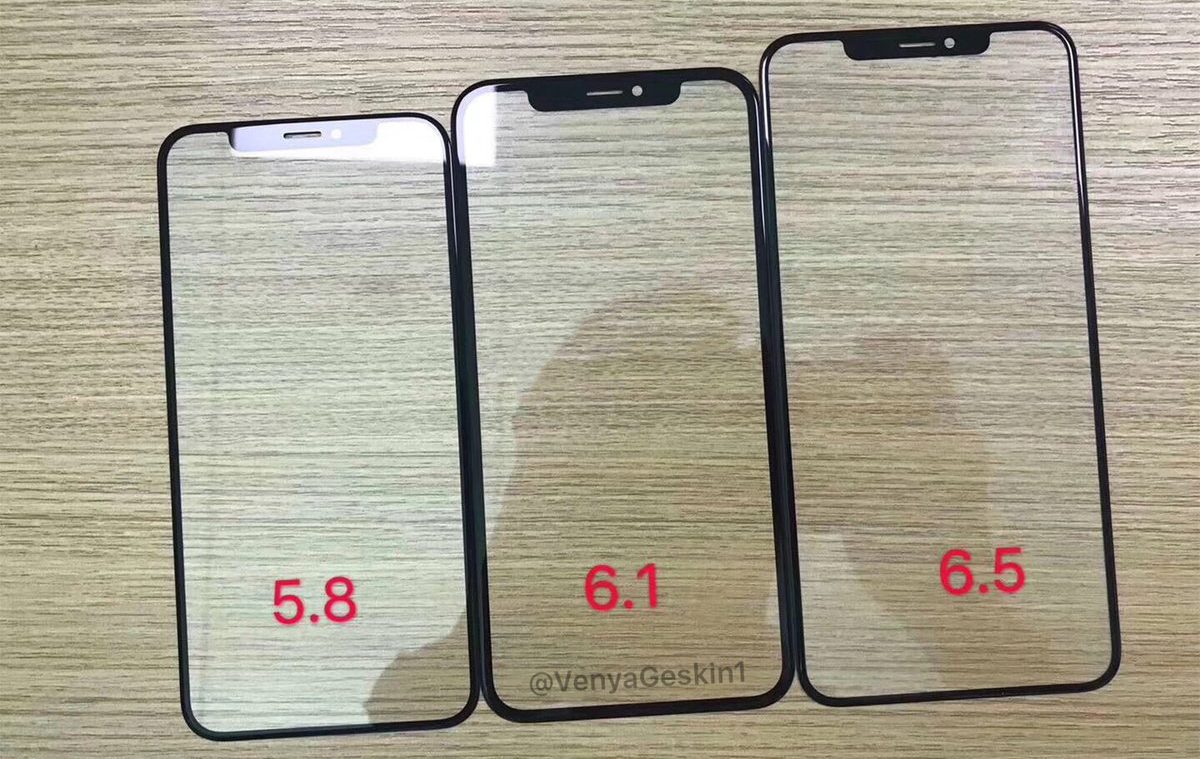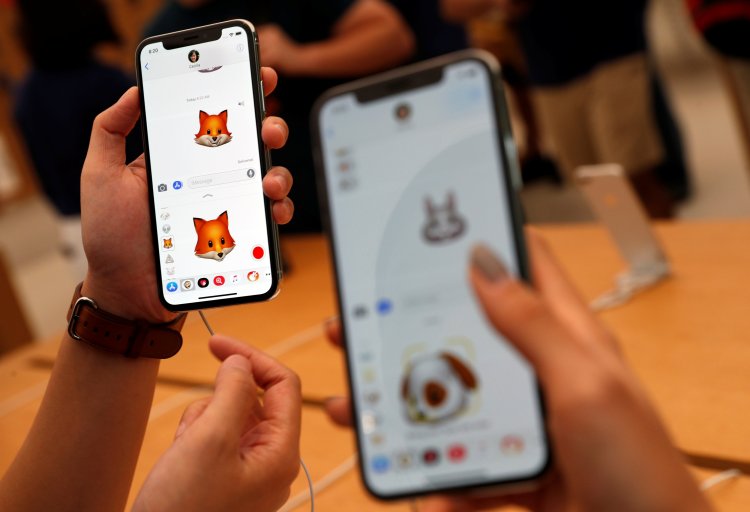I don’t envy Apple’s marketing team. Last year, they decided to pitch the iPhone X as an “all display” design when everyone could plainly see that the screen was actually interrupted by a giant black notch. Then they said they wanted to embrace the notch rather than hide it.
While I give Apple credit for planning ahead to normalize a glaring and controversial design compromise, let’s be honest: The notch is clearly a temporary hack — a hard choice awaiting a better long-term solution. As consumers, though we might tolerate it for now, we shouldn’t (and already don’t) view it as a desirable element of a phone.
The next step is figuring out how to get rid of the notch without compromising the functionality it offers, and you can be certain that smartphone makers have been working on that since before the notch existed. Over the past decade, patents have revealed numerous concepts for hiding cameras, speakers, and sensors behind screens. And when I say “hiding,” I mean “completely hiding,” such that the items that would otherwise be inside a notch are invisible when the screen’s in use.

Above: Xiaomi shows off the Mi Mix, which eliminated the top-of-screen speaker and moved camera and sensor components to its larger bottom bezel.
Recent devices are already using some of these patented tricks, but one gets the sense that they’re less than ideal solutions. Xiaomi’s 2016 Mi Mix got rid of the need for an ear speaker hole by turning the phone’s housing into a speaker. But between privacy concerns and making the whole phone vibrate, it wasn’t practical. Vivo’s new Nex got rid of the front camera by having it pop up in a mechanical housing. Do that and you have a moving part that’s going to break over time, and you’re also giving up waterproofing and dustproofing.
June 5th: The AI Audit in NYC
Join us next week in NYC to engage with top executive leaders, delving into strategies for auditing AI models to ensure fairness, optimal performance, and ethical compliance across diverse organizations. Secure your attendance for this exclusive invite-only event.

Above: The Essential PH-1’s marquee feature was a display that stretched to the top of the phone, albeit with a camera divot.
Essential and Huawei have separately proposed solutions that I think are superior to Apple’s. Last year’s Essential PH-1 phone foreshadowed Apple’s notch but went as far as was then possible to eliminate it: A small central divot at the top of the screen held the camera, while the speaker went into a tiny slit in the upper bezel.

According to Korea’s ETNews, Huawei is considering nesting its speaker and sensors inside the bezel, while making the camera into a small hole floating near the top of the screen — basically the same idea. In each case, you’re still dealing with an interruption in the “all display” front of the device, but unlike the iPhone X, it’s only minimally intrusive.
It’s clear that Apple’s notch isn’t going away this year; component and software leaks indicate that it’s about to appear in more iPhones and iPads, including three new midrange to high-end iPhones and most likely two iPad Pro models with Face ID. Glass fronts for all three of the 2018 iPhones show notches roughly identical in size to the 2017 iPhone X.

But even if the notches stay the same this year, they’re likely to get smaller next year. Apple is reportedly already working on shrinking the depth-sensing camera modules for 2019, which could narrow the notch and add to screen space. Last year, it patented a screen design where holes invisible to the naked eye could hide sensors, speakers, and cameras, though turning that patent into reality is likely years off.
Unfortunately, it doesn’t look like the notch is completely going away anytime soon, and front-facing cameras are to blame for that — the speaker and sensors can be hidden in a thin bezel, but good (underscore good) cameras can’t. Patents demonstrate that Apple and others were considering behind-the-screen cameras — and screens that can act as cameras — for at least the past 14 years. It’s fair to assume that if the technology was ready for prime time, the iPhone would have had it, perhaps long ago. Instead, Apple doubled down on an even more sophisticated depth-sensing camera system with a bigger physical footprint.
If there’s no way to completely hide the camera, moving it to the screen’s upper left or right corner strikes me as a better overall compromise than keeping it at the top center of a portrait-orientation display. This would let a smartphone or tablet alternate between traditional portrait and increasingly numerous landscape uses, and intrude less on the status bar than killing the area in the middle.
I suspect the “corner camera” alternative and plenty of others will be tested until truly hiding a good camera becomes feasible, whenever that is. For the time being, the notch is here to stay, but so long as the functionality remains, I’ll be rooting to see it disappear.

